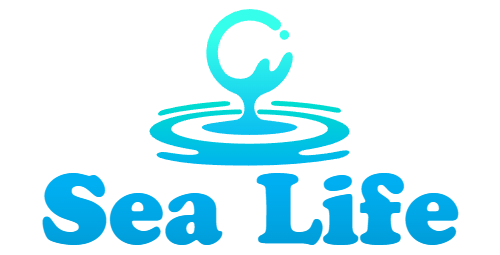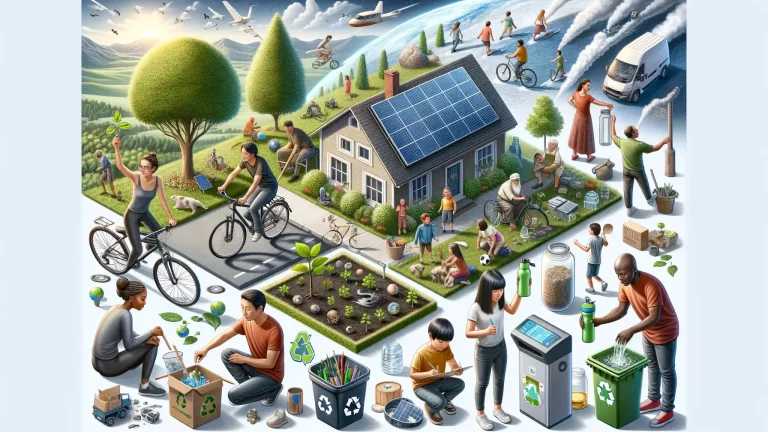Understanding the Connection Between Carbon Footprint and Marine Life
The Invisible Threads Between Carbon Emissions and Ocean Health
Take a deep breath. That air you just inhaled? Thank the oceans for a good portion of it. Our planet’s blue heart generates over half the oxygen we breathe, but it’s under siege—and our carbon footprint is a major culprit. Picture this: as we fill the skies with greenhouse gases, we’re not just warming the land; we’re silently altering the seas.
Here’s how it works: excessive carbon dioxide (CO2) gets absorbed by the oceans. While this might sound like the planet’s safety net, it’s like pouring acid into the water. This process, called ocean acidification, wreaks havoc on marine life. Coral reefs—the underwater cities teeming with life—start dying. Shellfish, like oysters and clams, struggle to form their shells. Even tiny plankton, the base of the marine food chain, suffers. It’s a domino effect: what harms plankton eventually harms everything from fish to humans.
- Warmer waters from climate change drive marine species to migrate, disrupting ecosystems.
- Melting polar ice caps threaten habitats for creatures like polar bears and seals while causing sea levels to rise.
Every choice we make on land ripples through the ocean. Let that sink in.
Practical Ways to Reduce Your Carbon Footprint
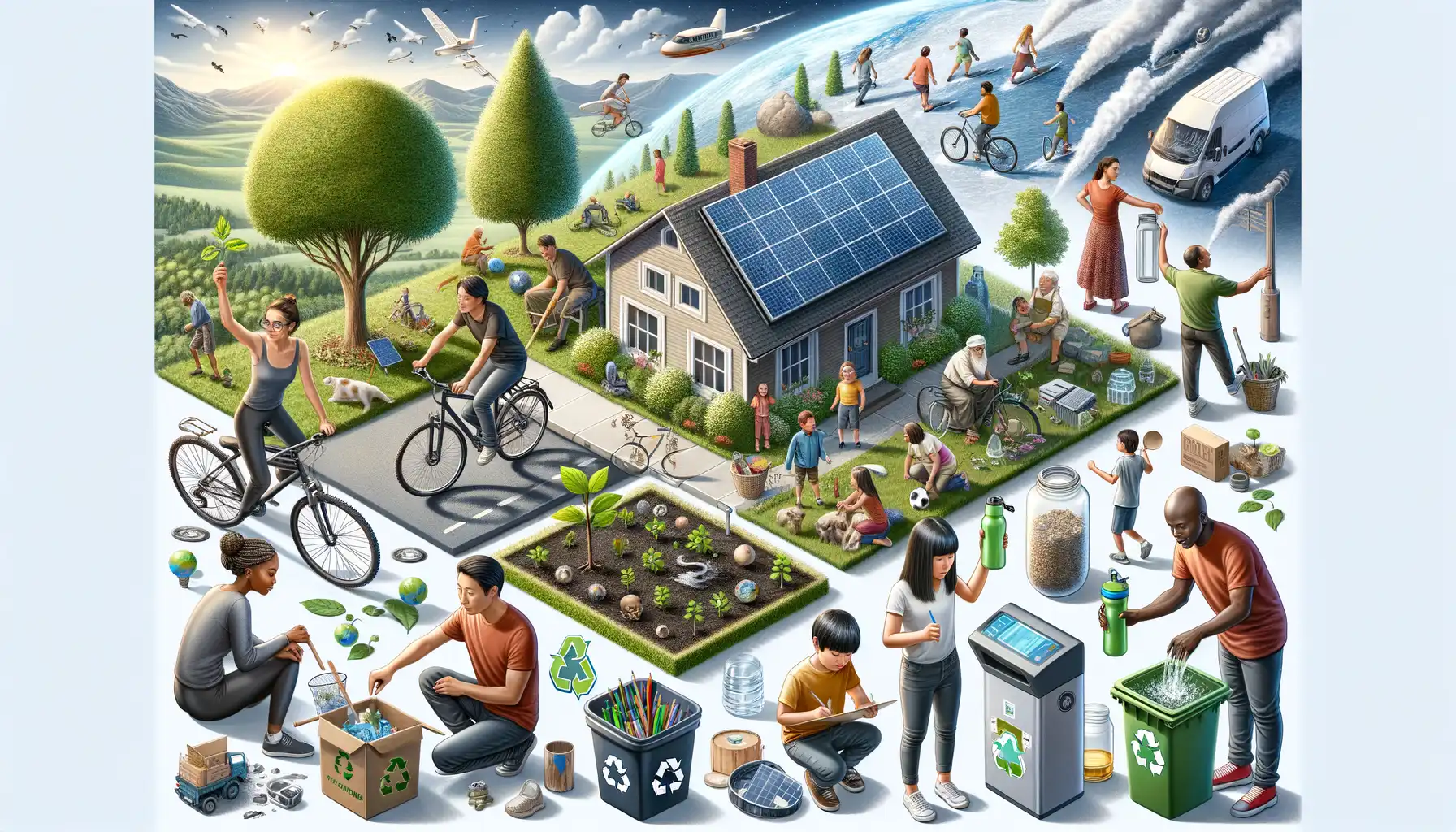
Small Swaps, Big Impact
Imagine this: every little choice you make is a ripple in the ocean, shaping the tides of change. Reducing your carbon footprint doesn’t require a heroic overhaul of your lifestyle—it starts with minor tweaks that grow into powerful habits. For instance, try swapping out single-use plastic bottles for a reusable one made of stainless steel or glass. Not only does this cut down on waste, but it also saves energy that would have been used in manufacturing more plastic.
Ever heard of Meatless Mondays? Skipping meat just one day a week could save 133 gallons of water and reduce greenhouse gas emissions dramatically. Our oceans are choking on excess carbon from industries—so why not let your plate be a tool for change?
- Walk, bike, or carpool whenever possible to reduce transportation emissions.
- Switch to energy-saving LED bulbs—they last longer and use less electricity.
- Wash clothes in cold water; hot water uses significant energy to heat up.
Your small shifts matter. You’re not just changing your habits—you’re crafting a future where marine life thrives instead of struggles.
The Role of Sustainable Choices in Protecting Oceans
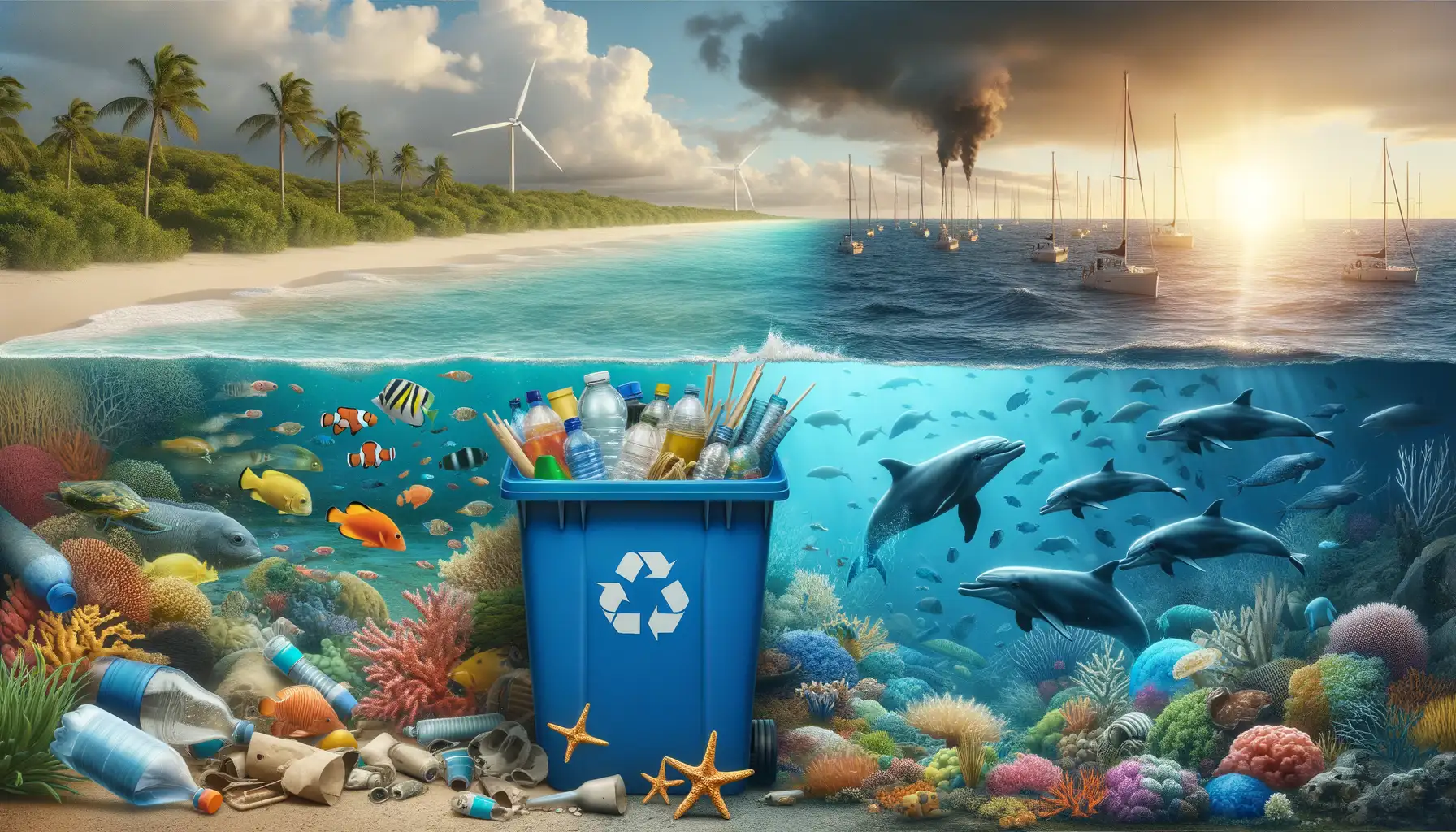
Why Every Choice Ripples Through the Ocean
Imagine standing on a beach, watching the waves roll in. Each wave tells a story—of coral reefs thriving or struggling, of fish populations rising or dwindling. Here’s the truth: your everyday choices are like pebbles tossed into those waters, creating ripples far beyond what the eye can see.
When you pick a product wrapped in plastic or ignore where your seafood comes from, those decisions carry consequences. But here’s the inspiring part: making sustainable choices gives you power. It’s not just about saying “no” to a plastic straw. It’s about asking, “What kind of world do I want to leave behind?”
- Opt for reusable water bottles and bags—they’re small acts, but imagine millions doing the same.
- Support brands dedicated to eco-conscious packaging and production methods.
- Choose responsibly sourced seafood to protect fragile marine habitats.
The Hidden Story Behind Everyday Purchases
The sneaker on your foot or the snack in your pantry doesn’t just appear out of nowhere. Manufacturing these products often uses energy-intensive processes that emit greenhouse gases, warming our oceans and damaging marine ecosystems. When you choose brands pushing for carbon-neutral production or sustainable farming, you’re helping rewrite this story.
Consider switching to local produce—it’s fresher, tastier, and skips the long-haul transport emissions. Or invest in clothing made from recycled fibers; it’s stylish, and it’s kind to our planet. These actions may seem small, but their impact on oceans is profound. Think of them as threads weaving a better future for marine life everywhere.
Community Actions to Promote Sustainable Practices

Rallying Together for Greener Oceans
Imagine your neighborhood as a vibrant coral reef—not just surviving, but thriving because every single organism plays its part. That’s what community-driven action feels like: everyone contributing their unique piece to the bigger picture. By uniting with others, you can amplify your impact, turning small ripples into waves of change.
Start simple. Organize monthly beach cleanups to remove trash before it sinks into the ocean’s depths. Or how about forming a carpool group to cut down on vehicle emissions? Each shared ride reduces our collective carbon footprint and lets you bond while doing good.
Communities can also host workshops that teach sustainable habits, from composting food waste to creating DIY household cleaners. The more people join, the louder the message becomes—and trust me, it’s contagious.
- Encourage local restaurants to join a “plastic-free dining” initiative. Imagine sipping smoothies through biodegradable straws!
- Push for urban gardens in shared spaces—it’s like giving back to Mother Nature while feeding your soul (and stomach!)
Here’s the secret: when we pool our creativity and energy, sustainability stops feeling like a chore. It becomes second nature—like breathing.
Long-Term Impact of Reducing Carbon Emissions on Marine Ecosystems
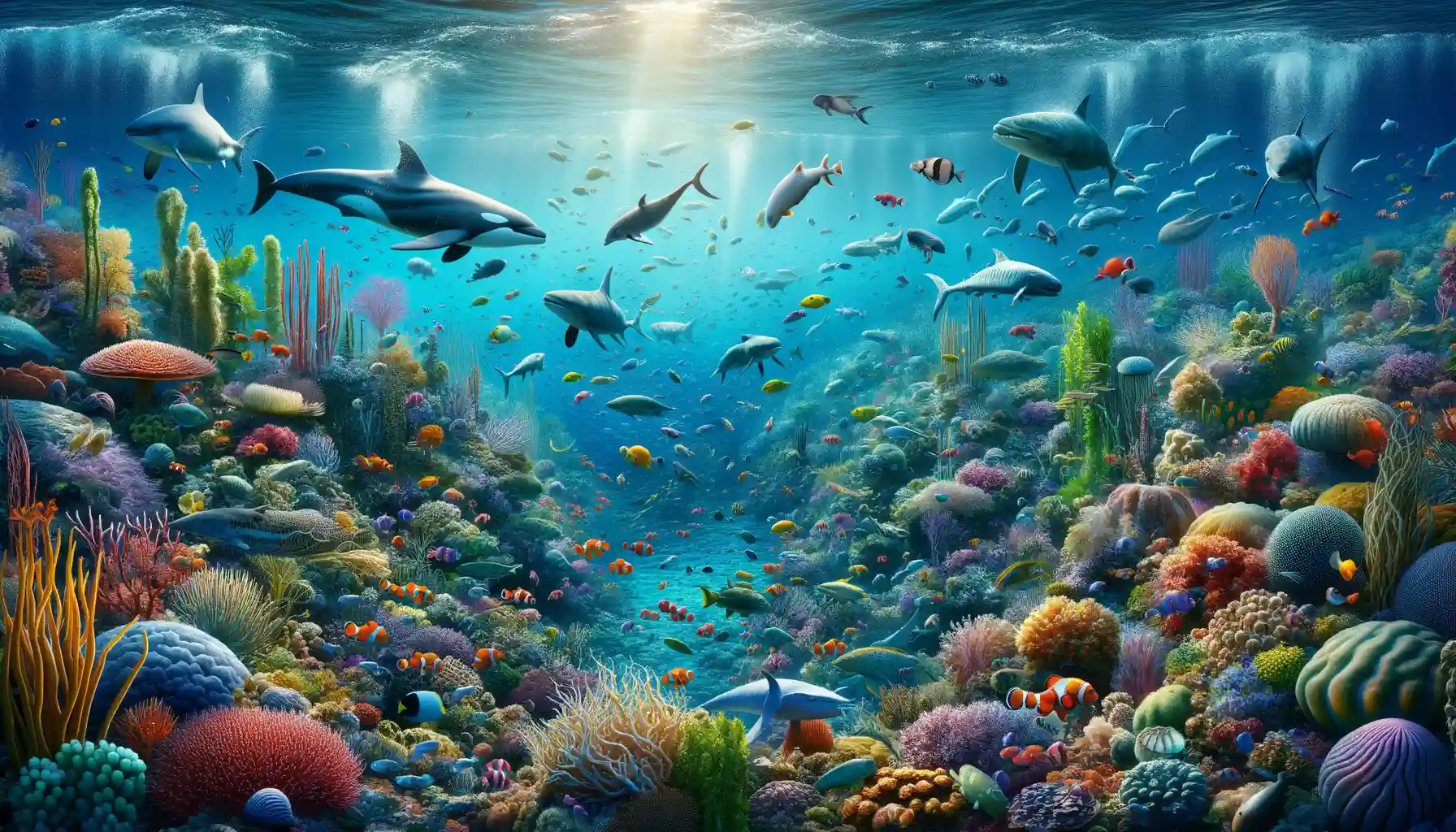
How Cleaner Skies Restore Vibrant Seas
Picture this: an ocean teeming with kaleidoscopic coral reefs, fish darting like living rainbows through crystal-clear waters. This vision isn’t just a fantasy—it’s what reducing our carbon emissions can help create. By cutting carbon output, we’re giving marine ecosystems a fighting chance to heal from decades of stress.
Take coral reefs, for example, which are like bustling underwater cities. When oceans absorb excessive carbon dioxide, it’s as if these cities get smothered in acid rain. But when we reduce emissions, we slow down the process of ocean acidification. Over time, this allows corals to rebuild, creating safe havens for countless species.
- Fish populations bounce back, ensuring food security for millions of people.
- Seagrass meadows thrive, soaking up even more CO2—nature’s own carbon vacuum.
- Whales, nature’s climate warriors, find healthier breeding grounds, playing their part in carbon cycling.
The Ripple Effect of Every Action
Even small drops of effort make waves. Imagine coastal communities who rely on fishing seeing their livelihoods rebound. Birds returning to once-polluted coastlines. Industries investing in marine restoration instead of damage control. It’s a domino effect of hope.
When you choose to lower your carbon footprint, you’re not just ticking a box—you’re casting a lifeline to oceans, and that impact will echo for generations.
